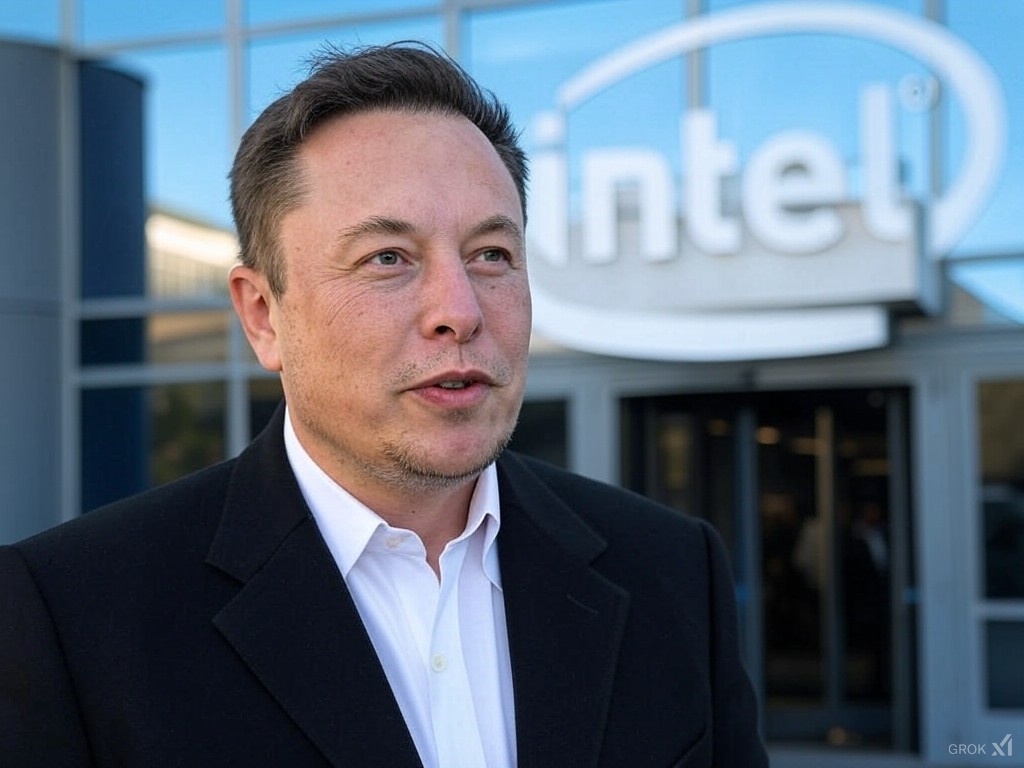The South African entrepreneur’s firm doubles down on artificial intelligence by building its own infrastructure, just as global demand for GPUs soars.
Elon Musk is looking to avoid reliance on public cloud services. While companies like OpenAI, Anthropic, and Cohere depend on giants such as Microsoft, Google, or Amazon to train their AI models, xAI, the AI company of Musk — who is also CEO of Tesla and SpaceX — is negotiating up to $12 billion in financing to purchase tens of thousands of new NVIDIA GPUs, according to The Wall Street Journal.
This move, which follows the recent raising of $10 billion through stock and debt issuance, aims to strengthen its computing infrastructure and accelerate the development of proprietary models amidst the worldwide race for dominance in generative artificial intelligence.
Valor Equity Partners, known for its close ties to Musk, is leading talks with potential lenders. Sources close to the matter say the goal is to lease a large volume of NVIDIA’s H100 chips while the construction of exclusive data centers for xAI is underway.
Own infrastructure, record energy consumption
Musk’s push for computational self-sufficiency isn’t just technological — it’s strategic. The tycoon has emphasized the importance of not depending on third parties to scale his AI capabilities. Evidence of this is the deployment of his supercomputer, Colossus, which already has 200,000 NVIDIA H100 GPUs powered by methane gas turbines and a dedicated electrical infrastructure consuming an estimated 150 MW.
This infrastructure—comparable to the largest in the world—was built in record time. NVIDIA reports that the first 100,000 chips were installed in just 122 days, and expanding to 200,000 was completed barely three months later. NVIDIA CEO Jensen Huang described the pace as “superhuman.”
A saturated chip market
Musk’s move comes amid global supply chain pressures in the chip industry. NVIDIA, which leads the AI accelerator market by far, has already committed much of its production to clients like Amazon, Meta, OpenAI, and governments. The new Blackwell GPUs, successor to the H100, have also fueled demand for the second half of 2025.
The challenge isn’t just manufacturing enough chips but also having sufficient electricity, cooling, and space. Some facilities, like Meta and Google data centers, are already planning to incorporate small modular nuclear reactors in the future to meet demand.
A new bubble or visionary investment?
Financially, the risks are high. Despite the sector’s rapid growth, the investment needed to maintain leadership — considering payback periods and regulatory pressures in the US and EU — raises questions. Nonetheless, Musk appears ready to take bold steps: SpaceX has already transferred $2 billion to xAI as part of its inter-company strategy.
“As we want to produce things like artificial intelligence, we need energy. You can’t create a new industry without infrastructure,” Huang said at a recent summit in Washington hosted by the White House under the theme “Winning the AI Race.”
A new global technological order
The xAI project is not just a business gamble but a geopolitical statement. Amid the tech war with China, Musk’s decision to build proprietary data centers, manage power supplies, and design hardware autonomously sets him apart. It’s not just about developing AI models but controlling the entire value chain.
Meanwhile, the rest of the world is watching. If NVIDIA succeeds in scaling up production and xAI deploys its infrastructure on time, the AI ecosystem could undergo a paradigm shift. But if not, excessive ambition may put even more strain on an industry already approaching its capacity limits.
Source: Noticias inteligencia artificial

